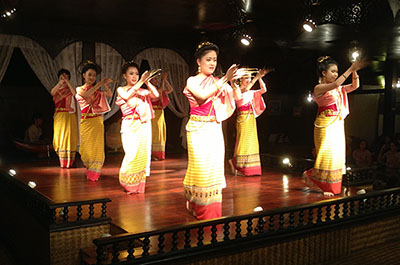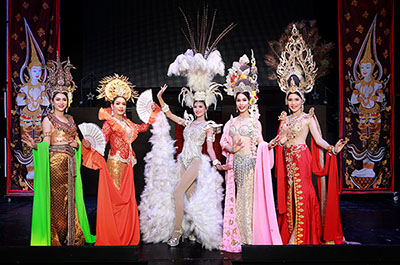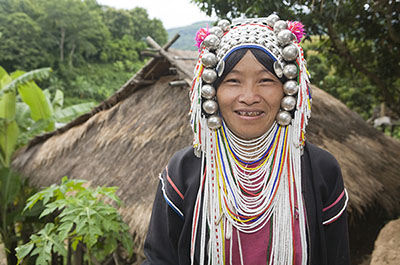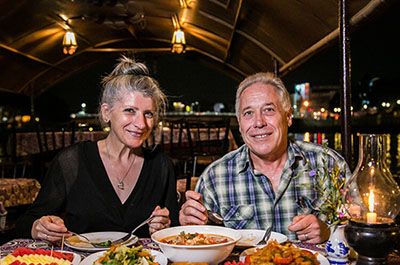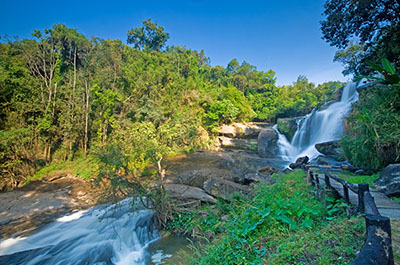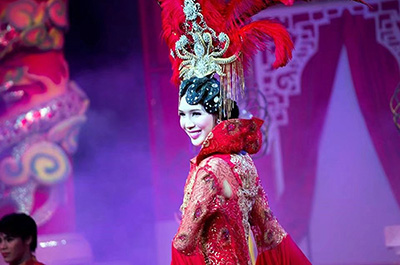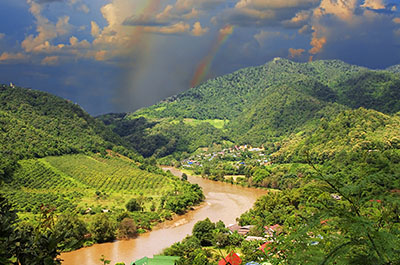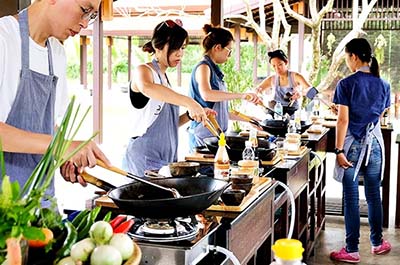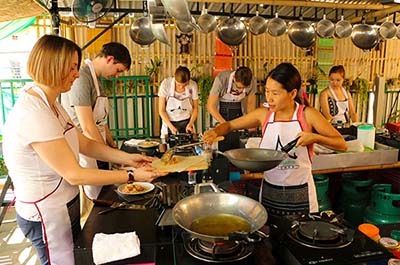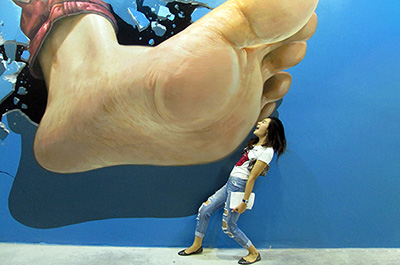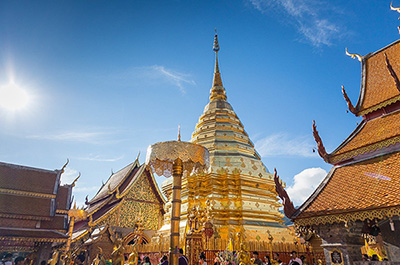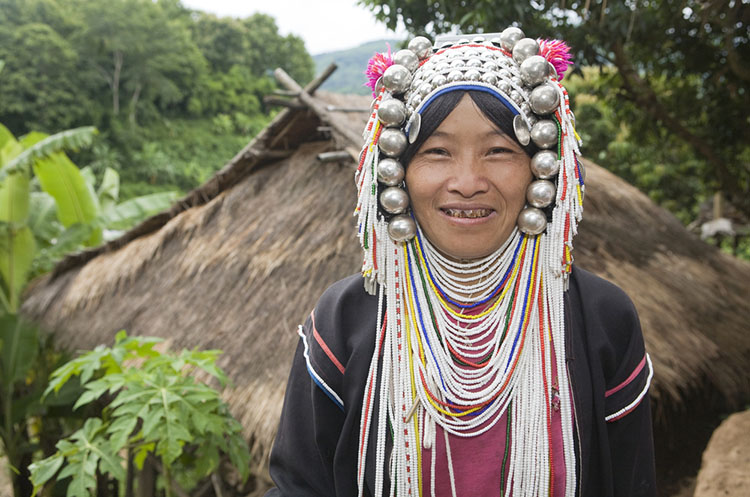
Hill Tribes
The tribes of North Thailand
Thailand houses several hill tribes. Most of them live in the mountainous areas of Chiang Mai and Chiang Rai.
Hill tribes in Thailand
The six main hill tribes in North Thailand are the Akha, the Palong, the Karen, the Lahu, the Lisu and the long necks. Every tribe has its own culture, distinct colorful dress and language, which only exists in the spoken form.
The hill tribes people live a nomadic lifestyle and originate from Tibet and China. Traditionally, they are engaged in farming using slash and burn tactics, where the forest is cut down and burnt. When the land is exhausted, they move on to the next area.
Animist
Although many hill tribes people have converted to Buddhism and Christianity, originally they are animist, a believe where not only humans, but also animals, plants, mountains, rivers and other natural objects possess a spirit.
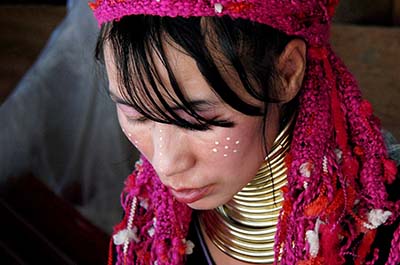
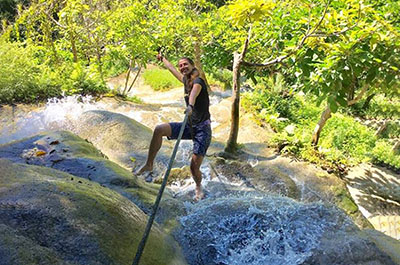
Small Group Visit to the Long Neck Hill Tribe and Sticky Waterfall
- Visit a Karen hill tribes village
- Get an impression of their way of life
- Bai Orchid and Butterfly Farm
- Bua Thong Sticky Waterfalls
- Small group tour with driver, local guide & lunch
- Duration 7 to 9 hours
Karen tribe
The Karen are the most numerous of the hill tribes people in Thailand. There are some 300,000 of them, mainly in the Northern provinces. They live in bamboo or teak houses on stilts and mostly engage in farming and keeping animals like pigs and chickens. Most Karen are animist, although many have converted to Buddhism or Christianity.
Karen women are known for their weaving skills, they produce colorful handmade clothing and several kinds of handicrafts. Karen also produce some of the finest hand made silver products, which contains more than 99% pure silver. Married Karen women wear very colorful clothes, mostly red and blue, while single women wear plain white.
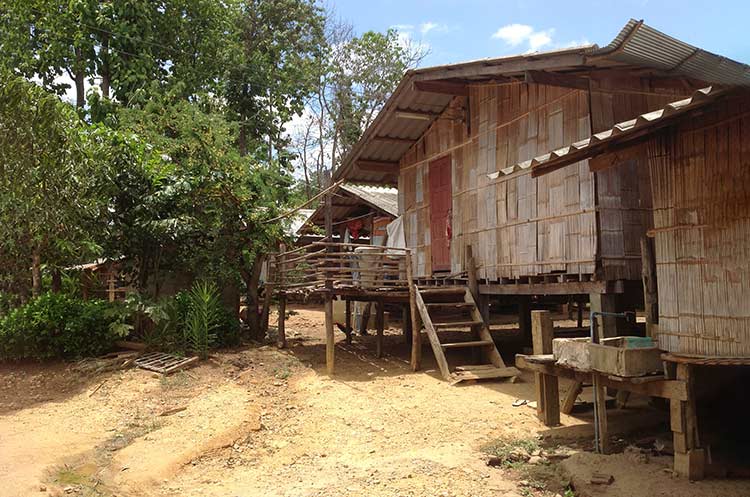
Hill tribes village Chiang Mai
Lisu
The Lisu originate from Tibet and came to Thailand a relatively short time ago, some 80 years. There are many different groups of Lisu, the best known of them being the “flowery Lisu”, called after the colorful dress that the Lisu women wear. They live in very simple houses build with bamboo walls and without a wooden or concrete floor, usually close to a river.
The Lisu people are mainly involved in farming, including poppy cultivation in the past, and more recently earn a living from tourism. Lisu practice animism, although many have converted to Buddhism or Christianity.
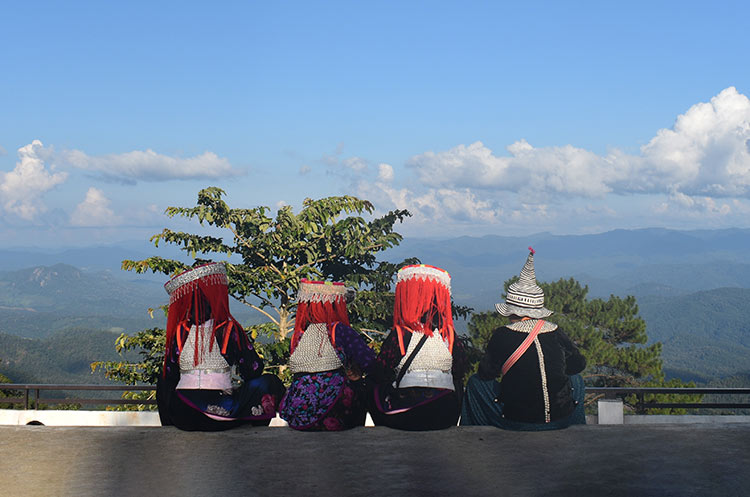
Palong village
The smallest group of Thai hill tribes is the Palong, who all live in Chiang Mai province, close to the border with Myanmar, from where they originate. They live in wooden houses, constructed on stilts and mostly engage in growing tea, chillies, sugar canes and other products.
Palong women wear very distinctive clothing, mostly a long red dress, often blue or pink jacket with large silver waistbands and several silver ornaments. Another striking feature are their gold decorated teeth. Many Palong have converted to Buddhism mixed with animism and practice ancestor worship.
Akha village
There are some 80,000 Akha people in Thailand, who live in the higher altitudes of the mountains of Chiang Mai and Chiang Rai province.
They live in bamboo houses elevated on stilts with separate areas for men and women. An Akha village has a beautifully carved wooden gate, that Akha people believe houses the guardian spirits. Most distinctive feature of Akha women’s clothing is the black cap they wear, that are covered with silver coins.
Ancestor worship and family history play an important role in Akha culture, it is said that every Akha can trace back his ancestors for up to 15 generations. Traditionally they are engaged in farming, but nowadays the Akha produce and sell all kinds of hand made products, like vests, handbags, purses and other items and earn a living from tourism.
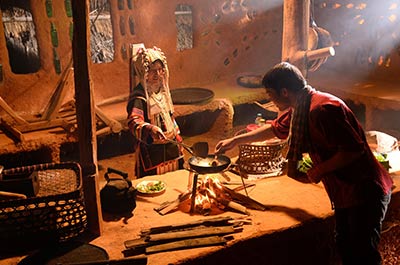
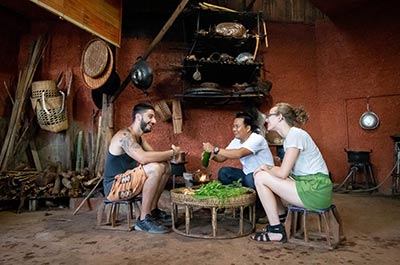
Experience Akha Way of Life
- Spend a day with the Akha hill tribe people
- Get to know their traditions & culture
- Full day
Lahu village
A fairly large number of Lahu live in Chiang Mai and Chiang Rai province. The Lahu consist of several distinct groups including the red, black and yellow Lahu, referring to the color of their traditional dress. Each group has its own dialect. Primarily engaged in farming, the Lahu are known for their hunting and weaving skills. Their wooden houses are build on stilts. A pole with several flags marks the house of the village spiritual leader. Originally animists, many have converted to Buddhism or Christianity.
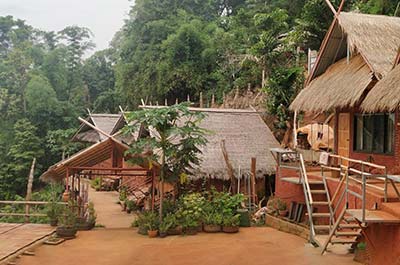
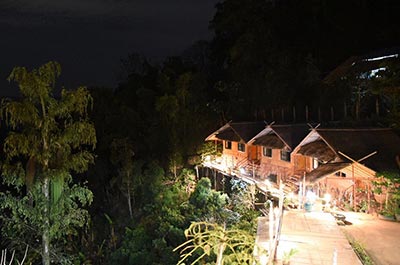
Akha Homestay - Overnight in an Akha mud house
- Live in an Akha village in the mountains of Chiang Rai
- Learn about Akha history, traditions & culture
- 2 Days + 1 Night
Padaung long neck hill tribe
Perhaps best known are the famous long necked hill tribes people, the Padaung. The Padaung are a sub group of the Karen and originate from neighboring Myanmar.
Brass rings around the neck
They are best known for the many brass rings that the women wear around their neck. At the very young age of around five years the first rings are put on a girls neck. Over the years more rings are being added giving the women the appearance of having a very long neck. A few years after first wearing the rings, the muscles in the girls neck become too weak to support the head, so the rings cannot be taken off.
Padaung women also wear these rings on their forearms and ankles, though they are sometimes covered up with clothing. Unmarried Padaung girls usually wear long white dresses.
Traditionally farmers, the long neck people nowadays make a living from tourism and selling all kinds of souvenirs and handicrafts.
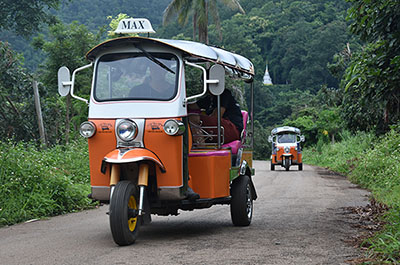
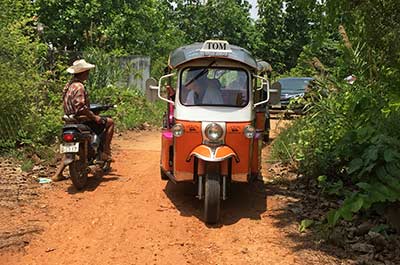
Join the Tuk Tuk Club and drive your Tuk Tuk across North Thailand
- Drive do Doi Inthanon National Park
- Meet the Karen and Lahu people
- Spend the night in a Karen hill tribe village
Opium poppy plants cultivation
A number of hill tribes used to be engaged in the cultivation of opium poppy plants, especially in the Golden Triangle, which was once the center of opium production and trade in South East Asia.
Royal Development Project for Hill Tribes
In order to solve the problem of opium growing, the previous King of Thailand, His Majesty King Bhumibol Adulyadej (Rama IX) started the Royal Development Project for Hill Tribes. This project aims to educate the hill tribes people on modern farming techniques, including Eco friendly techniques, so as to improve their lives and remove dependency on opium cultivation.
Today there are projects all over Northern Thailand, where all kinds of fruits, vegetables and flowers are grown, which are sold all over Thailand.
Now, tourism is a major source of income for the hill tribes people, especially for the famous long neck tribe, the Padaung.
Other Chiang Mai attractions:
Attractions in Chiang Mai


Small Group Visit to the Long Neck Hill Tribe and Sticky Waterfall
- Visit a Karen hill tribes village
- Get an impression of their way of life
- Bai Orchid and Butterfly Farm
- Bua Thong Sticky Waterfalls
- Small group tour with driver, local guide & lunch
- Duration 7 to 9 hours
